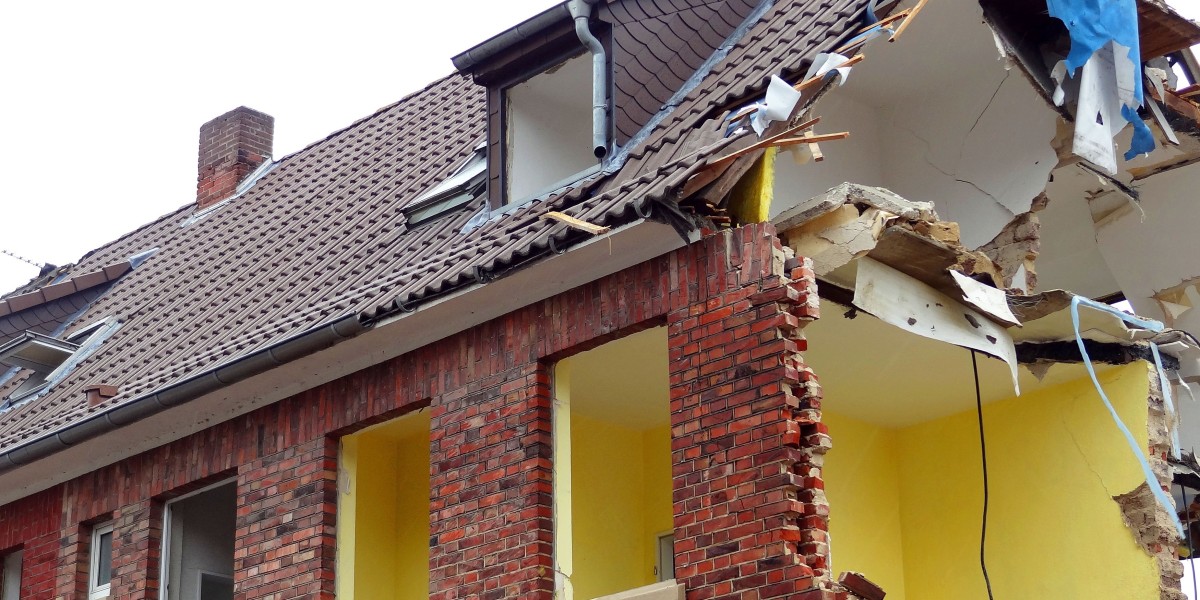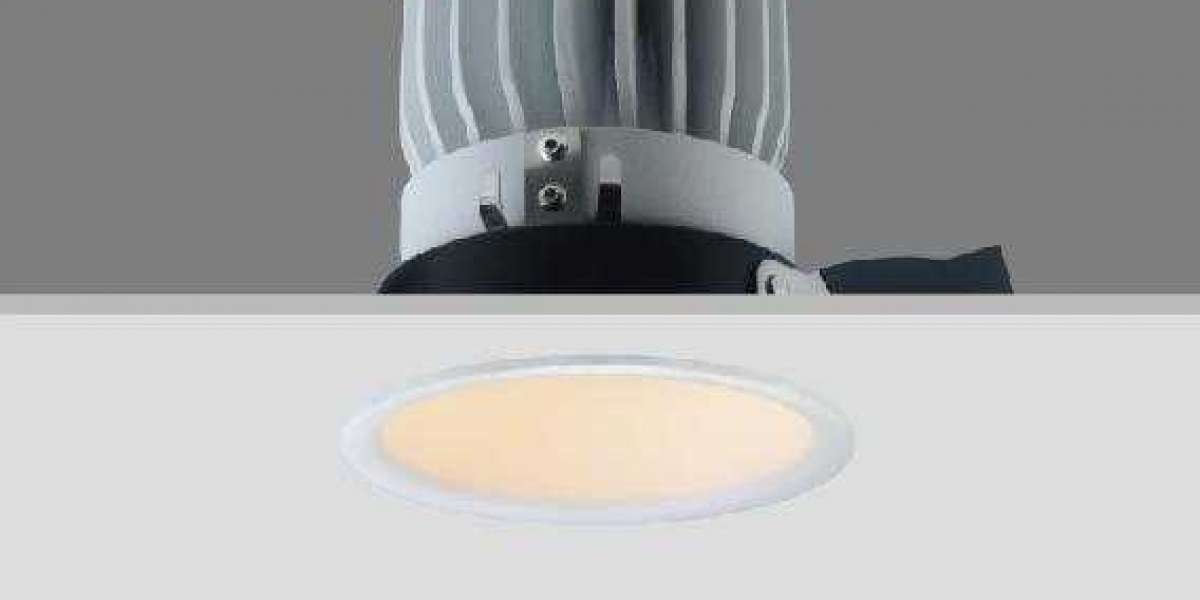In the ever-evolving landscape of construction, particularly in the United Kingdom, where urban redevelopment is a constant, the term "soft strip demolition" has gained prominence. This process, often regarded as the precursor to more intensive demolition activities, plays a pivotal role in preparing structures for renovation or complete redevelopment. As the demand for sustainable and efficient construction practices continues to rise, understanding the nuances of soft strip demolition becomes crucial for developers, contractors, and environmentalists alike.
Understanding Soft Strip Demolition
Soft strip demolition refers to the meticulous process of removing all non-load-bearing elements within a building. This typically includes fixtures, fittings, partition walls, flooring, ceilings, and services such as electrical, plumbing, and HVAC systems. Unlike traditional demolition, which involves the total destruction of a structure, soft strip demolition aims to salvage as much material as possible for reuse or recycling. By carefully disassembling a building's interior, valuable resources are conserved, reducing waste and environmental impact.
The Importance of Soft Strip Demolition
In the context of the UK construction industry, where space is often limited and sustainability is a growing concern, soft strip demolition offers several significant benefits. Firstly, it facilitates the efficient reuse of building materials, contributing to circular economy principles and reducing the demand for new resources. This not only minimizes the carbon footprint associated with construction but also helps mitigate the depletion of natural resources.
Secondly, soft strip demolition allows for the safe removal of hazardous materials such as asbestos, lead, and mercury, which may be present in older buildings. By adhering to strict health and safety regulations, contractors ensure that these substances are disposed of properly, safeguarding both workers and the surrounding environment.
Furthermore, soft strip demolition paves the way for adaptive reuse and heritage preservation. By preserving the structural integrity of historic or architecturally significant buildings while modernizing their interiors, developers can strike a balance between preserving the past and meeting the needs of the present.
Challenges and Considerations
Despite its many advantages, soft strip demolition is not without its challenges. One such challenge is the careful coordination required among various trades and disciplines involved in the process. From surveyors and engineers to demolition specialists and waste management teams, effective communication and collaboration are essential to ensure the smooth execution of the project.
Moreover, soft strip demolition demands meticulous planning and meticulous attention to detail. Every component removed must be carefully cataloged and evaluated for reuse or recycling potential. Additionally, unforeseen obstacles such as hidden structural issues or unknown hazardous materials may arise, requiring adaptability and expertise on the part of the demolition team.
Conclusion
In conclusion, soft strip demolition is a fundamental aspect of construction projects in the UK, offering a sustainable and environmentally responsible approach to building refurbishment and redevelopment. By prioritizing resource conservation, waste reduction, and safety, soft strip demolition embodies the principles of modern construction practices.
As the construction industry continues to evolve, embracing innovative techniques such as soft strip demolition will be essential in meeting the dual objectives of economic growth and environmental stewardship. By recognizing the value of existing structures and maximizing their potential through careful deconstruction and renovation, the UK construction sector can build a more sustainable future for generations to come.



